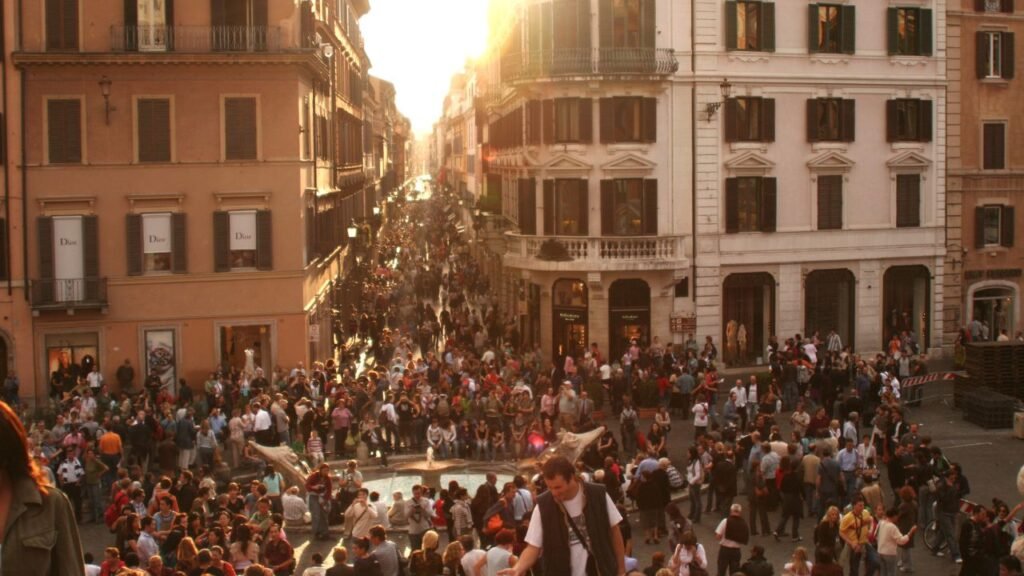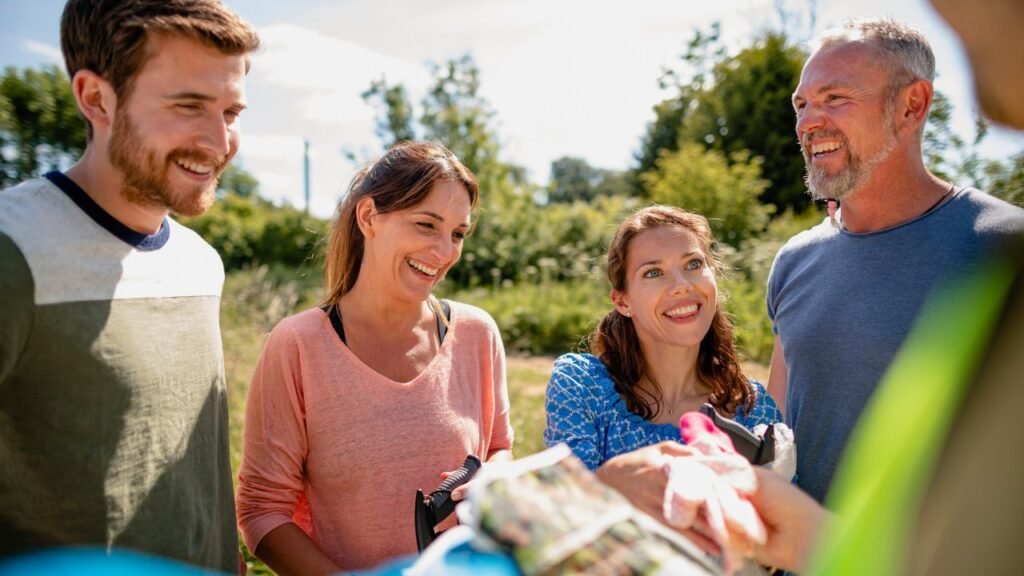Creating Spaces That Bring People Together: Community Design Insights

Imagine a sunlit park where children laugh on swings, neighbors share a picnic under a shady tree, and a local musician plays soft tunes on a nearby plaza. People linger, chat, and connect—not because they’re forced to, but because the space itself invites them to. This is the power of thoughtful community design. The way we plan and shape public spaces has a profound impact on social interaction, inclusion, and civic pride. From parks and plazas to community centers and shared streets, intentional design can transform a neighborhood into a vibrant, connected community.
In this post, we’ll explore the principles and strategies behind creating spaces that bring people together, practical examples of successful designs, and insights into how you can advocate for or contribute to better community spaces in your area.
Understanding Community-Oriented Design
Community-oriented design focuses on creating spaces that prioritize social connection, accessibility, and inclusivity. Unlike traditional urban planning that may focus solely on infrastructure or aesthetics, community design considers how spaces will be used by the people who live around them.
The benefits of well-designed community spaces are significant. They improve mental health by providing places to relax and socialize, strengthen social bonds, foster safer neighborhoods, and even boost local economies through increased foot traffic and community engagement. On the other hand, poorly designed spaces—isolated parks, neglected streets, or inaccessible public areas—often lead to disengagement, underuse, and a sense of social fragmentation.

Key Principles of Designing Community Spaces
To create spaces that foster connection, several core principles guide community-oriented design:
Accessibility
Spaces must be usable by everyone, regardless of age, ability, or socioeconomic status. This includes wheelchair accessibility, safe pathways for pedestrians, and features that accommodate families with young children or elderly residents.
Flexibility
Spaces should adapt to multiple activities and events. An open plaza, for instance, can host a farmers’ market in the morning, a yoga class in the afternoon, and a music performance in the evening.
Safety and Comfort
Lighting, seating, visibility, and climate considerations are crucial. A space that feels unsafe or uncomfortable will discourage people from using it.
Cultural Relevance
Incorporating local history, art, and identity makes spaces meaningful and fosters a sense of belonging. Murals, sculptures, or thematic landscaping can reflect the unique character of a community.
Connectivity
Community spaces should integrate seamlessly with surrounding neighborhoods, transportation routes, and pedestrian pathways. When people can easily access a space, they are more likely to use it regularly.
Types of Community Spaces That Encourage Interaction
Different types of spaces serve distinct purposes in fostering engagement:
Parks and Green Spaces
These are classic hubs of community interaction. Features like walking trails, playgrounds, sports fields, and community gardens invite people of all ages to gather, exercise, and socialize.
Plazas and Courtyards
Open areas in urban settings provide flexible spaces for events, performances, or casual socializing. Their design encourages lingering and spontaneous interaction.
Community Centers
Serving as hubs for recreation, education, and civic engagement, community centers provide both structured programming and informal meeting opportunities for residents.
Markets and Pop-Up Spaces
Farmers’ markets, seasonal fairs, or pop-up shops combine economic activity with social engagement, bringing people together around shared interests.
Shared Streets and Pedestrian Zones
Designing streets primarily for people, not cars, creates vibrant, walkable areas where neighbors can interact safely, dine outdoors, or participate in events.
Design Strategies for Engagement
Even the most accessible space can fall flat without thoughtful engagement strategies:
Encourage Gathering
Benches, picnic tables, shaded areas, and seating nooks invite people to pause, chat, and linger. Thoughtful placement near walkways, fountains, or play areas naturally encourages social interaction.
Interactive Elements
Features like public art, water installations, or outdoor games spark curiosity and participation. Interactive elements not only entertain but also create shared experiences that build community ties.
Programming and Events
Regular activities such as outdoor yoga, movie nights, local markets, or cultural festivals activate spaces and draw residents together. Programming ensures that a space is not just functional, but vibrant and dynamic.
Human-Scale Design
Designing spaces that feel welcoming at a personal level—comfortable seating, approachable landscaping, and intimate gathering areas—helps people feel at ease and more likely to engage with others.

Leveraging Community Input
Community design works best when residents have a voice in the process. Participatory design ensures that spaces meet actual needs rather than assumptions.
Workshops and Feedback Sessions
Inviting community members to contribute ideas and share preferences during planning stages ensures inclusivity and relevance. Residents often provide insights that planners might overlook.
Testing and Iteration
Temporary installations or pop-up spaces allow communities to test ideas before committing to permanent construction. Observing how people interact with these prototypes can inform design decisions and improve final outcomes.
Celebrating Local Creativity
Incorporating input from artists, students, and local organizations fosters a sense of ownership and pride in the space, making residents more likely to use and maintain it.
Case Studies and Real-Life Examples
Around the world, well-designed community spaces have transformed neighborhoods.
In Copenhagen, Denmark, shared streets called “pedestrian priority zones” have turned busy urban roads into lively public spaces where people gather for markets, events, and casual interaction. These areas have increased foot traffic, supported local businesses, and strengthened social cohesion.
In New York City, the High Line—a repurposed elevated rail line turned public park—blends greenery, walking paths, and art installations. Its design encourages lingering, socializing, and cultural engagement, creating a beloved community destination.
Closer to home, many cities have revitalized underused plazas or waterfronts with flexible seating, community gardens, and programming that draws residents together, demonstrating that thoughtful design can revitalize even small spaces.
Overcoming Common Challenges
Designing community spaces comes with obstacles, but creative strategies can help:
Budget Constraints
Modular design, phased construction, and community volunteer initiatives can reduce costs while maintaining quality. Temporary pop-up spaces can test ideas before committing to expensive permanent installations.
Maintenance and Longevity
Durable materials, sustainable landscaping, and clear maintenance plans ensure spaces remain attractive and safe over time. Involving community members in upkeep can also foster stewardship.
Balancing Diverse Needs
Inclusive design requires accommodating multiple age groups, interests, and abilities. Flexibility and participatory planning help ensure that spaces serve the entire community.
Future Trends in Community Space Design
As cities and communities evolve, design practices continue to adapt:
- Technology Integration: Smart lighting, interactive displays, and app-based navigation enhance engagement and accessibility.
- Sustainable Design: Eco-friendly materials, green infrastructure, and climate-conscious planning ensure long-term viability.
- Adaptive Spaces: Flexible spaces that respond to demographic shifts, seasonal changes, and evolving community needs will define the future of public areas.
Final Words
Creating spaces that bring people together is both an art and a science. Thoughtful design fosters connection, inclusion, and civic pride, turning ordinary locations into hubs of engagement and belonging. Parks, plazas, community centers, and pedestrian streets are more than just physical areas—they are platforms for interaction, creativity, and shared experiences.
By incorporating accessibility, flexibility, safety, cultural relevance, and community input, designers and local leaders can craft spaces that truly reflect the needs and identity of a community. Whether you are a planner, resident, or local advocate, supporting and advocating for well-designed community spaces can have a lasting impact on the social fabric of your neighborhood.
After all, it is in these spaces—where people meet, converse, and collaborate—that the real strength of a community is revealed. The next time you walk through a lively plaza, sit in a welcoming park, or attend a neighborhood event, take a moment to appreciate the thought and care that went into creating a space designed to bring people together. It’s more than design—it’s a bridge connecting people, ideas, and the shared future of the community.
